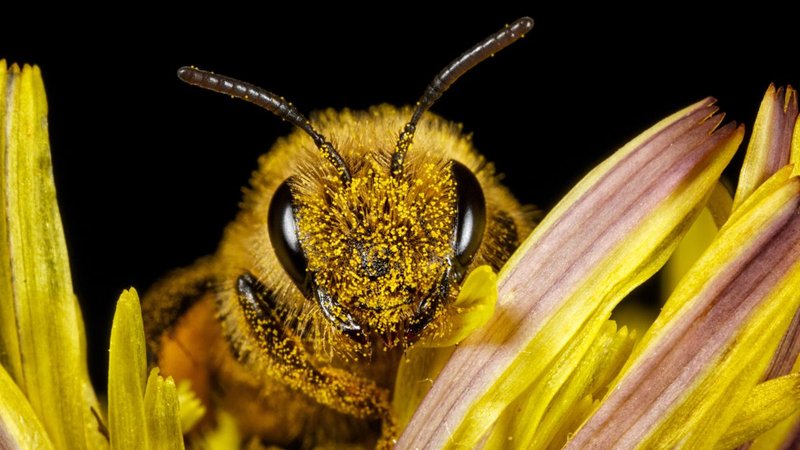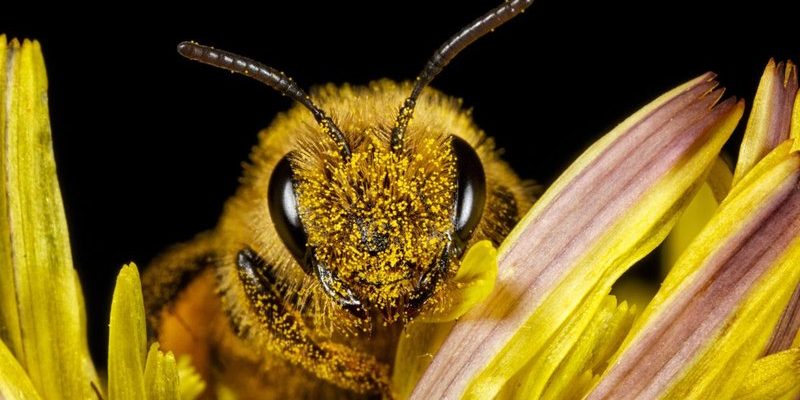
Imagine honey bees as the stars of their own reality show, with scientists as the curious audience. Researchers have observed everything from how bees communicate through dances to how they solve complex problems. These interactions remind us that even the smallest creatures can play a significant role in the grand tale of nature. So, let’s take a closer look at how scientists have studied these remarkable insects and what they’ve discovered.
The Importance of Honey Bees in Ecosystems
Before diving into the studies, it’s essential to grasp why honey bees are worth studying in the first place. Honey bees are crucial pollinators, responsible for pollinating crops and wild plants. Without them, many fruits, vegetables, and nuts would be at risk. In fact, scientists estimate that one-third of the food we eat depends on pollination, primarily by bees.
Imagine your favorite fruit, say an apple. Without the honey bee flitting from blossom to blossom, that apple might not even exist. This vital role in food production is a significant reason researchers focus on honey bees. They help us understand not just the bees themselves but also the health of our entire ecosystem.
Behavioral Research: How Honey Bees Communicate
One of the most captivating areas of study is how honey bees communicate with each other. Honey bees use a unique dance language to share information about food sources. For instance, when a forager bee discovers a flower patch, it returns to the hive and performs a “waggle dance.” This dance conveys directions and distance to the food source.
Let’s break it down: if the bee waggles to the right, other bees know to fly that way. If it waggles longer, they understand the food is farther away. Researchers have meticulously documented and analyzed these dances, revealing a complex system of communication that might resemble a choreographed performance. This study not only shows how intelligent these bees are but also highlights their social structure.
Studies on Honey Bee Navigation
Navigating through the vast world can be challenging, yet honey bees excel at it. Scientists have studied their exceptional ability to find their way back to the hive. One fascinating aspect of this research involves how bees use landmarks and the position of the sun for orientation.
Imagine walking through a forest without a map. It requires sharp instincts and memory. Honey bees accomplish this by creating a mental map of their surroundings. Researchers have even conducted experiments by altering landmarks in an area and observing how bees adapt. This adaptability points to a higher level of cognitive functioning than many might expect from such small creatures.
The Impact of Chemical Signals: Pheromones
Honey bees’ communication goes beyond dance—pheromones play a vital role too. These chemical signals are released by bees to convey messages about safety, alarm, and reproduction. Scientists have closely studied these pheromones to understand their impact on colony behavior.
For example, when a queen bee releases a specific pheromone, it helps maintain the hive’s social structure. Worker bees recognize this scent and perform their roles accordingly. Researchers have even replicated these pheromones in lab settings to observe how bees react, providing insights into their complex social dynamics.
Studying Honey Bee Health: Challenges and Solutions
With the decline of honey bee populations in recent years, scientists have turned their focus to understanding the health challenges these bees face. Factors like habitat loss, pesticides, and diseases have led to increased research efforts.
One significant area of study involves the Varroa mite, a parasite that attacks honey bees. Scientists have been working tirelessly to find effective ways to combat this threat. By studying the mite’s lifecycle and its effects on bee health, researchers aim to create solutions that help protect these vital pollinators. This ongoing research is crucial, as it directly impacts our food supply and the balance of our ecosystems.
Global Collaborative Research Efforts
Research on honey bees isn’t just a solo endeavor; it’s a global collaboration. Scientists from various countries work together to share data and insights about honey bee behavior, health, and conservation. This collective effort has sparked numerous initiatives aimed at preserving bee populations and habitats.
One noteworthy project is the “Bee Informed Partnership,” which gathers data from beekeepers across the U.S. to analyze trends in bee health and losses. This kind of collaboration helps pinpoint issues facing honey bees and develop strategies to mitigate them. When researchers pool their findings, it creates a more comprehensive understanding of the challenges ahead.
Studying honey bees is like peeling an onion; the more layers you uncover, the more you realize just how complex and interconnected their lives are. From their incredible communication methods to the challenges they face, scientists continue to learn and adapt. The insights gained from honey bee research not only enrich our understanding of these insects but also highlight their essential role in our world.
So, the next time you see a honey bee buzzing around, remember it’s more than just a pollinator. It’s a tiny ambassador of nature, illustrating the balance and complexity of life on Earth. As we continue to study and protect these extraordinary creatures, we learn more about our own world and the delicate web we’re all a part of.

